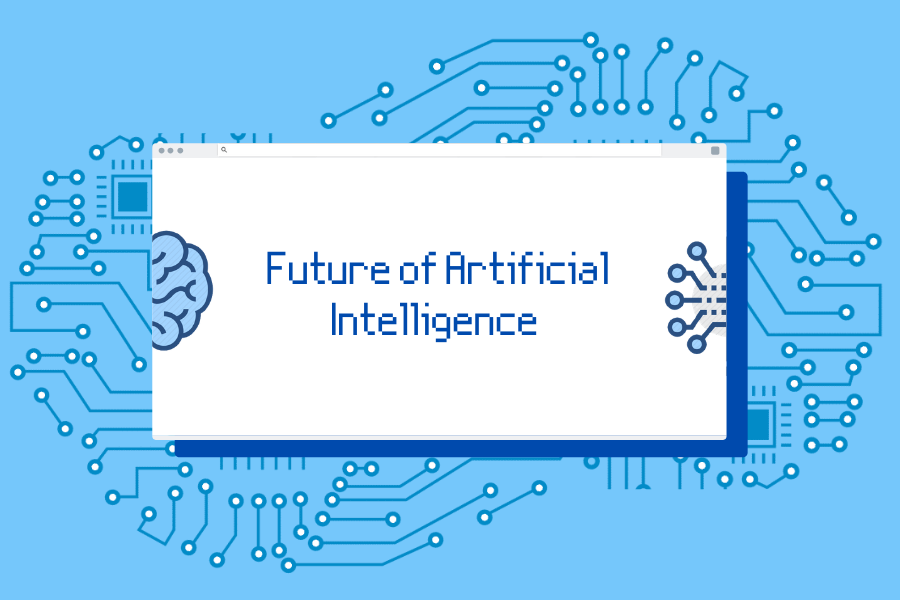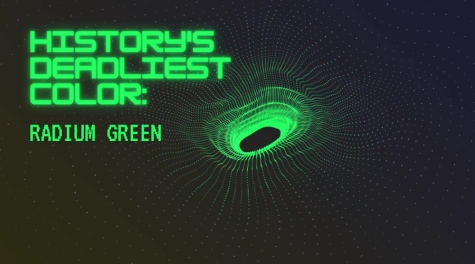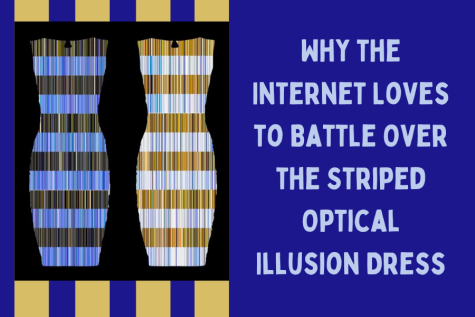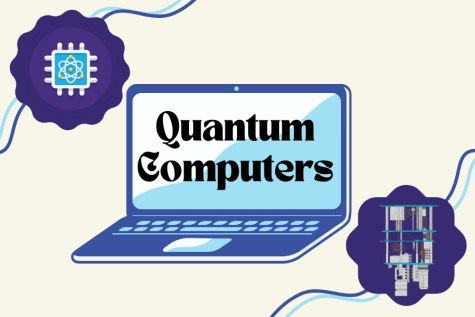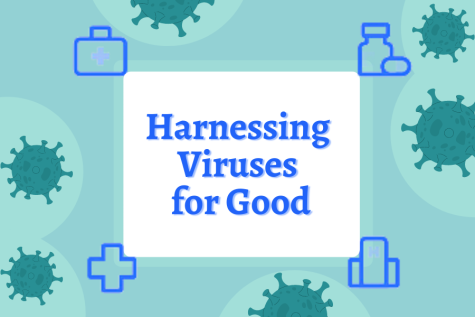Future of Artificial Intelligence
Have you ever wondered if robots like the droids in Star Wars could actually exist? In 1956, the field of artificial intelligence was formally founded when scientists and philosophers had a meeting on the campus of the prestigious Dartmouth College. Since then, massive leaps in technology and blooming development in the early 2000s have furthered this dream and philosophy, making it a realistic goal now. For example, the development of Apple’s Siri in 2011, the development of Alexa in 2014, and the further study of robotics and computer engineering. While artificial intelligence may make life easier by doing the arduous tasks of human workers, the overall risk and potential damage it could cause outweigh the possible benefits.
Artificial intelligence and robots could aid human life and efficiency in multiple ways, such as the automation of factories and physical labor, and instant voice search of the Internet. For example, inside of Amazon’s factories, robots of differing sizes are widespread among the packaging and automatable sections. “I grab a flat package, hold its barcode under a red laser dot, and place it on a small orange robot. I hit a button to my left and zips the robot to do my bidding, bound for one of more than 300 rectangular holes in the floor corresponding to zip codes. When it gets there, the bot engages its own little conveyor belt, sliding the package off its back and down a chute to the floor below, where it can be loaded onto a truck for delivery. This is not an experimental system in a robotics lab. These are real packages going to real people with the help of real robots in Amazon’s sorting facility,” said Matt Simon, a writer at WIRED who visited an Amazon facility. Technology and developments such as these increase production rates exponentially, allowing companies to increase yearly profit and efficiency among laborious tasks such as packaging.
Another way this would yet again increase income would be that it removes a large part of the salary companies must pay. Factory workers must be paid, have bathrooms, have comfortable conditions, and can only work a maximum amount of weekly hours. By increasing the income of a select group of workers, many jobs are lost. A robot or AI, on the other hand, would be able to work non-stop for many hours, in any conditions, and would not have a salary. These are just some of the many massive improvements to industry, quality of life, and efficiency that fully automated machines and AI would bring. However, despite the benefits of machine learning, the risks of machines going rogue, loss of jobs, and potential mutiny it might create outweigh the benefits.
Have you ever watched the movie Terminator? If you have, you probably remember the huge war between humans and rogue artificial intelligence. If we are not careful with the furthering of robotic developments, this horrifying movie scenario potentially could become a reality. If robots were to build a mind and personality of their own, they may act similarly to humans. They would slowly learn and decide to act in ways that would selfishly benefit them. For example, a robot given the task of controlling a company, to the benefit of human founders, may decide to take control and organize in order to make a profit. As this potential scenario unfolds, robotic violence towards humans would theoretically increase, and over time the horrifying set of Terminator would possibly become the human race’s reality.
This, right now, may be hypothetical but many experts in the field believe it could become reality. Elon Musk, CEO of several cutting-edge companies, such as Tesla, SpaceX, and the Boring Company, told an audience at SXSW, “AI is far more dangerous than nukes…to the cutting edge in AI, and it scares the hell out of me…It’s capable of vastly more than …anyone knows, and the rate of improvement is exponential”. The late physicist Stephen Hawking also warned about the potential impacts of AI, explaining that the new technology “could be the worst event in the history of our civilization.” Even a single mistake or misguided decision regarding AI could create the doom of mankind if it were to lead to selfish and rogue AI. Other than the threat of violence and domination, artificial intelligence also poses an immediate threat to physical and laborious jobs worldwide.
Already, in factories and labor jobs worldwide, the automation process has begun. As Mike Thomas, a writer from Massachusetts working for Built-In states, “It’s no longer a matter of if AI will replace certain types of jobs, but to what degree.” In many industries — particularly but not exclusively those whose workers perform predictable and repetitive tasks — disruption is well underway”. According to a study conducted in 2018, 36 million people work in jobs that have high exposure and risk of automation, meaning that soon 70 percent of their tasks, from retail sales to warehouse labor, will be completed with AI. AI has taken jobs worldwide, increasing unemployment within low-income societies, where education is scarce, and physical tasks are among the few sources of income for survival. If AI were to be further developed, as it is in its rough infancy right now, this would only worsen, potentially removing all labor jobs from humans. This would increase the gap between upper and low classes, continuing the cycle of poverty and further increasing socio-economic divides. Companies will always choose robots over humans, as robots would require no pay, work longer shifts, and are able to work in harsher conditions. Overall, this is yet another risk which development of AI would create.
Despite the increase in efficiency that the technological development of AI would bring to many aspects of our world, the added risks and consequences massively outweigh these few benefits. While situations such as rogue AI and the terminator scenario are hypothetical, they are distantly possible. Therefore, in the future, leaders in technology should choose to only develop AI under very specific safety protocols or to discontinue their creation altogether.
Works Cited
Lewis, T., 2021. A Brief History of Artificial Intelligence. [online] livescience.com. Available at:<https://www.livescience.com/49007-history-of-artificial-intelligence.html#:~:text=The%20beginnings%20of%20modern%20AI,%22artificial%20intelligence%22%20was%20coined.>.
Google AI. 2021. Google AI. [online] Available at: <https://ai.google/> [Accessed 17 May 2021].
Thomas, M., 2021. 6 Dangerous Risks of Artificial Intelligence. [online] Built In. Available at: <https://builtin.com/artificial-intelligence/risks-of-artificial-intelligence> [Accessed 17 May 2021].
Future of Life Institute. 2021. Benefits & Risks of Artificial Intelligence – Future of Life Institute. [online] Available at: <https://futureoflife.org/background/benefits-risks-of-artificial-intelligence/> [Accessed 17 May 2021].
Williams, I., 2021. The true dangers of AI are closer than we think. [online] MIT Technology Review. Available at: <https://www.technologyreview.com/2020/10/21/1009492/william-isaac-deepmind-dangers-of-ai/> [Accessed 17 May 2021].
Vox. 2021. AI disaster won’t look like the Terminator. It’ll be creepier.. [online] Available at: <https://www.vox.com/future-perfect/2019/3/26/18281297/ai-artificial-intelligence-safety-disaster-scenarios> [Accessed 17 May 2021].

